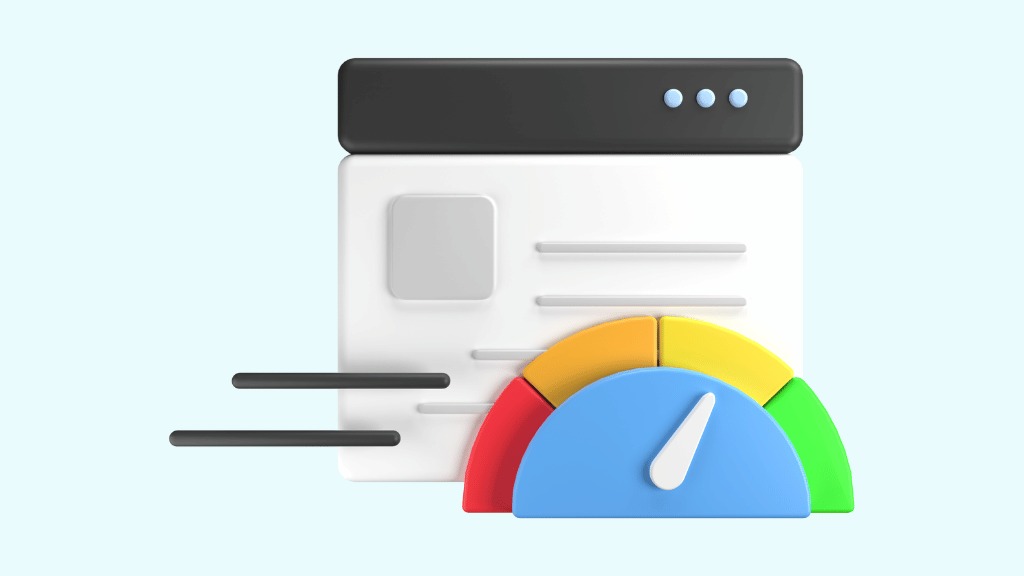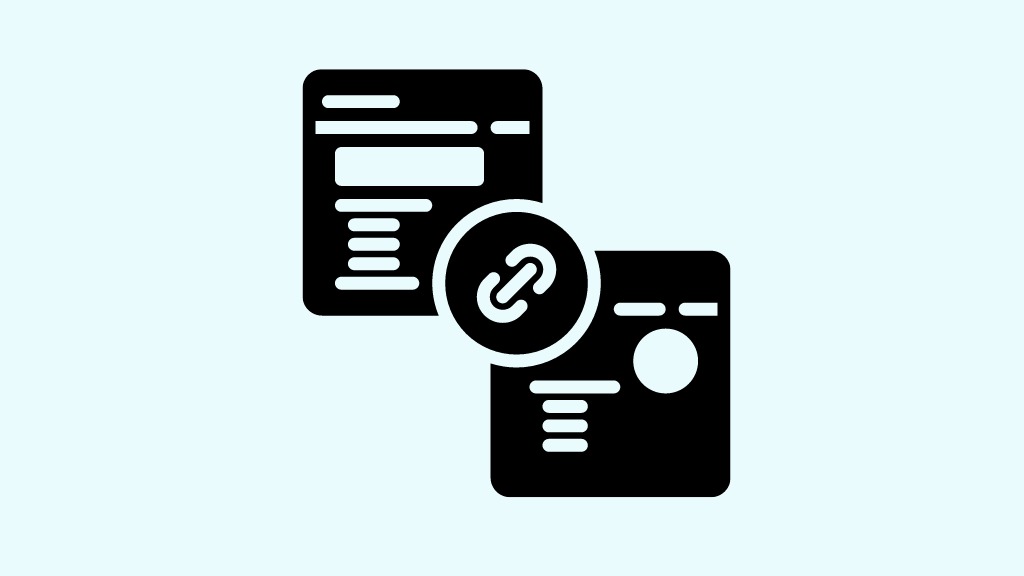Technical SEO plays a pivotal role in securing a high ranking for your website in Google’s SERPs, but it stands out as one of the most intricate facets of SEO.
To gain a profound comprehension of SEO’s mechanics and its paramount importance, delving into the intricacies is essential.
This goes beyond mere considerations of keywords and backlinks; it involves delving into the realm of technical SEO.
A technical SEO checklist stands out as a highly effective means to enhance your website’s position in search engine rankings, augment traffic, and ultimately yield superior results through organic search.
For digital marketers, staying abreast of the latest and most effective SEO practices can be a demanding task. This is where the utility of a technical SEO checklist becomes apparent.
An SEO technical checklist serves as a comprehensive guide, furnishing a checklist of elements that necessitate scrutiny to ensure your website is finely tuned for search engines.
It guarantees that you’re undertaking all possible measures to elevate your standing in Google’s search ranking.
Here, we’ll provide our take on the technical SEO checklist, outlining every critical component required to guarantee both the functionality of your website and its exposure in Google search results.
The Definitive Technical SEO Checklist: Ensuring Optimal Website Performance
a. Improving Website Speed

Improving site speed is not a matter of choice but a necessity. The longer your website takes to load, the higher the bounce rate, and consequently, the more potential clients you lose.
According to Google, a one-second delay in mobile page loading time results in a 20 percent decrease in conversion rates.
Undoubtedly, site speed plays a pivotal role in your online engagement and site performance. It impacts various metrics, including your site’s visibility, conversions, bounce rate, and page visits.
That’s why your website must load as quickly as possible when your target audience clicks through your link on the SERPs.
The optimal website load time is between 1-2 seconds. Research indicates that 53 percent of page visitors abandon a website that takes up to three seconds to load.
Google itself aims for under half a second load time to enhance the user experience. Several reasons may hinder you from meeting the SEO website’s technical requirements for page speed. These reasons include, but are not limited to:
- Unoptimized JavaScript and CSS
- Excessive overhead in your database, such as logs and entries from plugins
- Caching issues
- Large media files
- Bulky codes
- Missing files
To enhance your site speed, improve your server response time, utilize a content distribution network (CDN), optimize your content and images, and ensure your website is mobile-friendly.
b. Canonical Link Elements
At times, website owners unintentionally generate different URLs that produce identical or nearly identical content. The canonical link element addresses this issue.
Numerous websites employ canonical link elements to guarantee that the correct page, or the preferred version of the page, is indexed.
Certain guidelines should be adhered to when using canonical link elements. They must reference a URL that is not subject to redirection and is indexed, and the URL should encompass the full path (e.g., http://www.example.com/).
The following illustrates an instance of a canonical tag:
c. Examining the URL Structure

Search engines utilize a website’s URL structure to crawl and index the site. They follow the left-to-right reading pattern and interpret each URL section as distinct information.
The organization of your content is crucial for facilitating search engine indexing and comprehending your site’s hierarchy. Additionally, it contributes to a more user-friendly experience for your site visitors.
1. Desirable Characteristics of Your URL
An effectively structured URL is user-friendly, easily readable, and comprehensible, making it more likely to be clicked in search results.
For instance, https://www.knowmad.com/blog/how-to-rank-google-paa-box indicates a clear hierarchy: website, blog, and a specific article. This exemplifies a neat structure.
This link also represents a shallow hierarchy, which is optimal for users, as it contains only three levels of organization. This simplicity aids users in finding precisely what they seek, a factor that Google appreciates.
The addition of more backslashes and descriptive information in your URL can lead to confusion for users trying to ascertain their destination and relevance to their search.
2. Evaluate Your URL Structure
- My site maintains a clean and concise URL structure.
- The hierarchy of my site is shallow.
- The organization of my site is efficient, ensuring easy discovery of pages.
d. Ensuring Mobile Responsiveness
The surge in mobile usage is undeniable, with approximately 50.33 percent of online searches now originating from mobile devices.
Google, recognizing this trend, has introduced crucial updates such as mobile-first indexing and mobile optimization.
Looking ahead, Google will primarily rely on your website’s mobile version for indexing and ranking. A non-responsive web design poses a significant obstacle for search bots trying to access and render your content.
To enhance site usability, boost page speed, and elevate search rankings, it is imperative to prioritize responsive web design. This blog post delves into the technical SEO factors and other essential site elements that demand optimization to ensure your website design aligns with the demands of mobile responsiveness.
e. Check the Indexed Content

Navigate to the Google Index section in Google Search Console and access the Index Status. This provides valuable insights into the status of your indexed pages.
Ideally, ensure that all your pages are indexed, excluding those intentionally omitted for technical reasons.
Review your robots.txt file and sitemap (as discussed in the next step) to confirm that Google is indexing or not indexing the appropriate pages in alignment with your SEO strategy.
f. Add structured data or schema markup
Create a technical SEO checklist by incorporating structured data or schema markup. Utilize schema markup, which is a prevalent form of structured data, to offer valuable information about your page and its content.
This provides Google with context, enhancing the visibility of your organic listings on the SERPs. Explore various schema markups designed for people, places, organizations, local businesses, reviews, and more.
Employ online schema markup generators, and leverage tools like Google’s Structured Data Testing Tool to effortlessly generate schema markup for your website.
g. Website security
Enhance your likelihood of avoiding hacking incidents by prioritizing website security, a key concern for search engines.
Employ HTTPS to encrypt your website data, thereby thwarting potential security threats.
1. The Interplay Between Security and SEO
While security and SEO may appear unrelated, they are interconnected. A website fortified with robust security measures becomes less susceptible to hacking and gains trust from both users and search engines.
Additionally, a secure website contributes to an improved user experience by ensuring faster load times.
h. Calls-to-Action (CTAs)
In the realm of technical SEO for eCommerce and WordPress, Calls-to-Action (CTAs) play a crucial role. CTAs compel page visitors to perform a particular action, be it signing up for a newsletter or placing a phone call.
As per a study, CTAs outperform Google ads in terms of click-through rates, boasting an average of 4.23 percent CTR across various industries.
To craft compelling CTAs, consider these best practices:
1. Instill a sense of urgency.
2. Specify the desired action, such as clicking, signing up, or downloading.
3. Utilize images and contrasting colors to capture users’ attention.
4. Ensure the clickability of your CTAs.
5. Strategically position CTAs throughout the website.
i. Internal Links

To enhance the discoverability of your content by search engines, connect your web pages through internal links.
Establishing a hierarchy on your website, internal links play a crucial role in guiding search bots and facilitating the crawling process.
In the realm of technical SEO for WordPress, a significant aspect involves ensuring the correct structure of your internal links, and aiding search bots in identifying the pages to crawl.
In addition to optimizing internal links, Garcia emphasized the importance of eliminating dead links to safeguard your website authority.
Dead links, referring to broken links pointing to deleted web pages without 301 redirects, can be detrimental, especially in the context of technical SEO for eCommerce.
Therefore, site owners must address and rectify any broken links for a more robust online presence.
j. Update Your XML Sitemap
Make sure to optimize your XML sitemap for your site’s structure and content indexing in the SERP. An optimized XML sitemap must encompass:
Inclusion of any new content added to your site, such as recent blog posts, products, etc. Limited to 200-status URLs.
Restricted to no more than 50,000 URLs; if your site exceeds this limit, consider employing multiple XML sitemaps to maximize your crawl budget.
Exclude the following from the XML sitemap:
- URLs with parameters.
- URLs undergoing 301 redirects or containing canonical or no-index tags.
- URLs with 4xx or 5xx status codes.
- Duplicate content.
To identify any index errors related to your XML sitemap, consult the Index Coverage report in Google Search Console.
k. Inline Styles
Utilize inline styles to apply distinct style rules to elements on your site, such as modifying text size or refreshing brand colors.
Exercise caution when employing inline styles, as they entail implementing a site-wide style change that may consume a significant amount of your time—time that could be allocated to other aspects of your SEO technical audit.
Additionally, using inline styles is considered poor practice because it fails to separate content from design. The preferable alternative to inline styles is external stylesheets.
External style sheets offer optimal flexibility by housing style rules in a separate document that can be linked from any HTML document on your website. With external style sheets, you can easily overhaul your site design by updating just one file.
Conclusion
Great job on reaching this point!
While your site may boast excellent content, the presence of numerous technical errors can impede Google’s ability to discover your web pages.
To ensure optimal performance, your site pages must undergo thorough optimization for technical SEO, be mobile-friendly, devoid of duplicate content issues, and possess a well-structured format.
To fortify your technical SEO strategy, explore our comprehensive Technical SEO Checklist. This step-by-step guide encompasses everything you need to address before achieving full technical optimization for your website.
Given the intricacies of technical SEO, it’s easy to overlook minor details. Hence, our checklist covers every aspect in detail, encompassing not only the mentioned factors but also many others essential to a robust technical SEO foundation.




